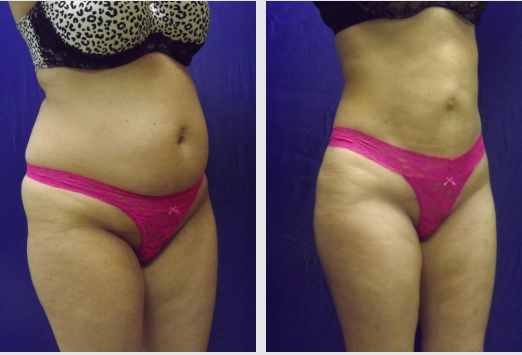On Patrick S.’s Experience with Dr. Schwartz
Patrick came to see Dr. Craig Schwartz after developing Phlebitis in the veins of his left leg, approximately two years after developing noticeable bulging varicose veins. Although his mom also suffered from varicose veins, he never imagined this might lead to potential clotting issues. He was referred to Dr. Schwartz by two different doctors, who were concerned about a potential blood clot.
About Inflammation of the Veins
Upon a visual and diagnostic ultrasound exam, Dr. Schwartz diagnosed Patrick with underlying venous insufficiency with reflux. However, his case was complicated by the presence of Superficial Thrombophlebitis or often referred to more simply as Phlebitis, in his superficial (visible) veins. Specifically, phlebitis is defined as “inflammation of the veins”, but is generally accepted to mean thrombosis or clotting. These inflamed veins usually present with pain or tenderness in the involved region, with palpable firmness or ropiness to the thrombosed vein segment, and associated erythema (redness of the skin). Patrick’s Phlebitis was caused by his venous insufficiency, which is damaged or weakness in the vein wall or vein valve that allows blood to flow back into the vein (venous reflux). The backflow of blood accumulates in the veins, leading to venous pooling, which can then cause inflammation (phlebitis) and clotting. Clotting can block or slow blood flow through the vein raising blood pressure and possibly causing more damage.
Superficial Blood Clots and Endovenous Laser Ablation
Although Patrick’s physicians were right to be concerned, these particular clots are found in superficial veins, not deep veins, so these are not the dangerous, potentially lethal, deep venous thrombosis, or DVT that often break off and travel to the lungs, causing a pulmonary embolism. As such, they are more of an annoyance, and are treated supportively only, with conservative measures, including anti-inflammatories, moist, hot compresses, daily use of compression stockings, and continued movement (i.e. patients do not need to be at bed rest). Due to the common symptoms described above, they are often misdiagnosed as cellulitis, and patients are not uncommonly put on antibiotics, which are not necessary or indicated. While phlebitis is not a life-threatening DVT, the clots can progress, so treatment should be initiated and monitored, and any underlying cause, such as venous insufficiency, should be addressed, which Dr. Schwartz did through endovenous laser ablation.


